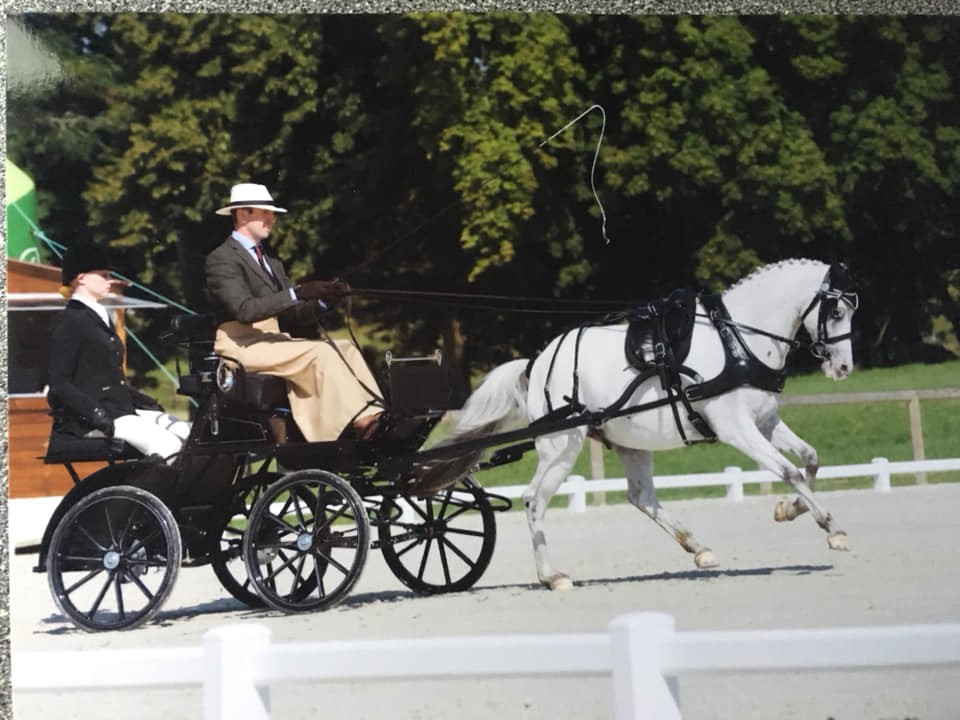No we don't, because when we offered this choice to horses during our research we found that:
- Although there was often a 'honeymoon period' where a horse showed signs of relief when first trying a treeless saddle if he/she had suffered pain, discomfort and/or restriction from an inappropriate saddle tree, in the vast majority of cases, this relief was short-lived.
- When offered a choice between a restrictive tree, a treeless saddle AND a saddle tree wide enough to be used Functionally, the vast majority of horses chose the Functional approach (the wider tree with appropriate padding).
BALANCE has always believed it is essential to ALWAYS ask the horse's opinion with anything relative to his care, management and training. Often humans have ideas that seem great in theory, yet when presented to a horse in such a way that he/she can show their preferences, we are often sent back to the drawing board!
What we discovered was that any saddle with some sort of girth straps and stirrup bars/attachments (and the weight of a rider!) will inevitably exert pressure on the horse. With the BALANCE Saddling System, where the saddle points are wider than the horse's back and are cushioned by the Padding System, the effects of these pressures are minimised.
We found that when there was no tree to spread the rider's weight over a larger area of the horse's back and to keep pressure from the stirrup bars and girth straps off the spine, those concentrated pressures began to work against the horse.
I addition to this, we found that most horses appreciated the reference points* offered by saddle tree, providing the reference points were provided without restriction.
Another point to be aware of it that some treeless saddles do not help the rider to ride in a balanced position. This in turn has an impact on the horse because the effect of the rider's weight is actually increased (the rider feels heavier to the horse) when the rider is out of balance. So, it is important to bear in mind the effect on the rider as well when choosing a saddle, whether it is treeless or otherwise.
* We will endeavour, during 2020, to write an article about what 'reference points' are relative to the saddle, and why they are important - the discussion would be too large for this FAQ section of the website.
